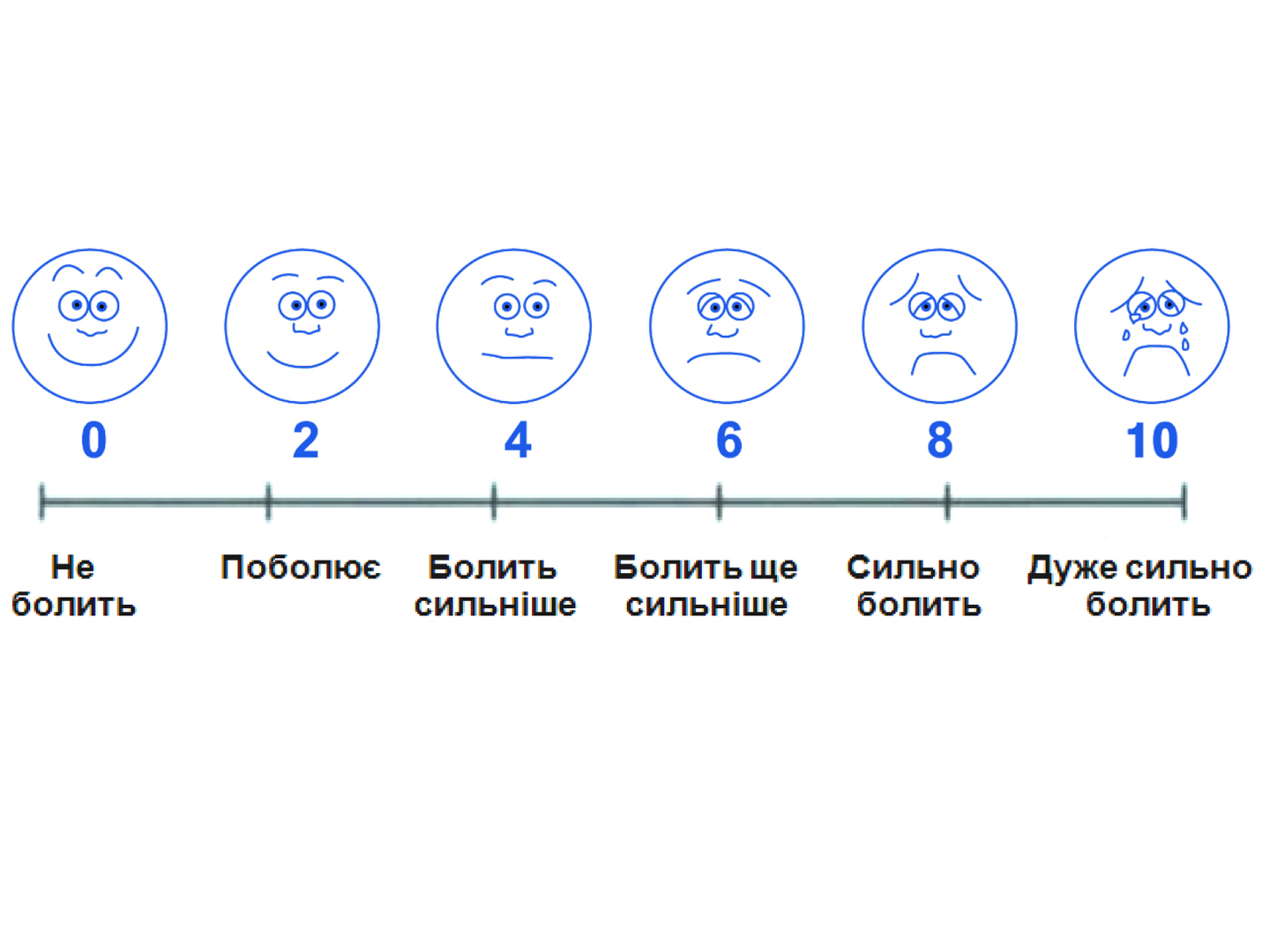Hypovolemia treatment in surgical patients using combined solution Gecoton® in infusion therapy
State Institution “Zaporizhzhia Medical Academy of Post-Graduate Education Ministry of Health of Ukraine”,
Chair of Anesthesiology and Intensive Therapy
Zaporizhzhia Regional Clinical Hospital
Summary. The paper deals with a problem of optimizing infusion therapy including combined polyelectrolyte, colloid osmotic solution of a new generation (Gecoton®) for hypovolemia treatment in the dehydrated patients after surgery. The study demonstrated that Gecoton® used at a dose of 400 ml for 3 days combined with crystalloid solutions in surgical patients with grade 2 dehydration allowed to treat hypovolemia, normalize hemodynamic parameters and reduce dehydration symptoms on the 2nd day.
Key words: hypovolemia, dehydration, infusion therapy, Gecoton®.
The infusion-transfusion therapy with crystalloid and colloid solutions is commonly used in the emergency medicine. Many authors note the positive properties of colloids, for example, hydroxyethyl-starch solution (HES) 130/0.42 reduces the capillary leakage [1]. The use of HES in severe injuries was associated with an increase in intravascular volume more than with the use of crystalloids [2]. At the same time, T.P. Simon et al. consider that HES solutions are more effective in maintaining the volume of circulating plasma (VCP), mean blood pressure, systemic and tissue oxygenation, as compared to colloids. HES infusion results in specific coagulation disorders involving changes in blood viscosity and rheological properties, as well as in activating the fibrinolysis. HES inhibit the damaging effect of activated neutrophils depending on the degree of inflammatory response [3].
In this case, HES 130/0.42 had a sure lesser effect on coagulation than HES 200/0.5, especially on APTT and von Willebrand factor [4]. There is information that balanced saline solutions are preferable for volumetric replenishment of VCP. At the same time, however, there is insufficient evidence of their compared effectiveness and safety [5].


